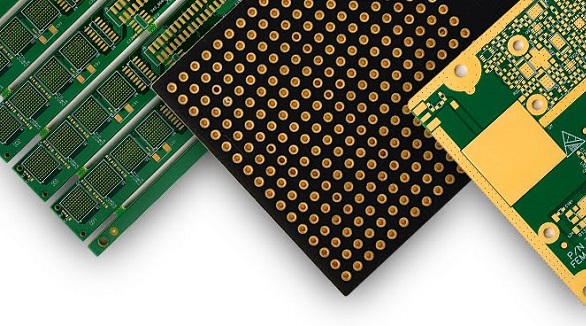How to Remove the Conformal Coating from PCB?
Conformal coating protects PCBs but sometimes needs removal. Local removal uses soldering, solvents, or mechanical abrasion. Full removal is more labor-intensive, involving chemical stripping or extensive mechanical abrasion.
The conformal coating process in PCB assembly is a necessary protective measure to extend the life of electronic components. However, unnecessary conformal coating will always be produced. The following is a method for removing unnecessary conformal coating.
Local Removal of Conformal Coating

Local removal of a conformal coating means the selective removal of the coating from a very small area of the printed circuit board. This may be required due to the defects or special functional requirements of the board. Local removal techniques include:
Soldering Through the Conformal Coating: The contact of the soldering iron tip can melt the conformal coating, due to the temperature, which could result in only cosmetic issues. Proper material selection may ease the situation.
Chemical Removal: The conformal coating is removed using a solvent or stripping solution. This method involves applying a solvent using a cotton bud under mechanical pressure to aid in the re-dissolving of the coating material back into the solution. Chemically conformal coatings that are more resistant to removal require more strong solvents and stripping agents.
Mechanical Abrasion: This is a process that utilizes compressed air premixed with abrasive particles, gradually abrading the applied conformal coating. Cleaning of the resultant dust waste is an associated task after removal. Mechanical abrasion works best in removing coats in localized areas.
Full Conformal Coating Removal
The overall removal of a conformal coating from a PCB is of higher difficulty and more time- and labor-intensive. There are two major techniques to achieve this: chemical stripping and mechanical abrasion.
Chemical Stripping: The PCBs are submerged in a succession of tanks that are specifically designed to hold the stripping fluids. With this method, the PCB's whole coating is successfully removed.
Mechanical Abrasion: This is the method with an abrasion system that consumes a long time in abrading the coat completely off the board. Though it may consume some valuable time, mechanical abrasion has high applicability to inexpensive circuit boards.
Hot Tags:
Contact us

If you can't find what you're looking for, please contact us.
Article

One is a bare circuitry board, and another has all the components and is functional: PCB stands for Printed Circuit Board, and PCBA stands for Printed Circuit Board Assembly. PCB acts like a base, and components are assembled on it at a later stage through various methods in PCBA, such as SMT and Thru-Hole Technology.

Most electronic circuits are mounted on PCBs, or Printed Circuit Boards, which provide mechanical support and electrical interconnection of electronic components. There are, however, special applications that involve the use of single and double-sided PCBs, multi-layer PCBs, or even rigid and flexible PCBs with aluminum backing, targeting medical, industrial, auto, and aerospace industries. They may use materials such as fiberglass, epoxy, aluminum, and others.

Aluminum PCBs are widely used electronic boards with comparatively better heat dissipation properties. The aluminum core cools down the components of the product, thereby improving its performance. These are eco-friendly, light, and strong PCBs and hence appropriate to be used in audio equipment, power supplies, and lighting products such as LED lighting.